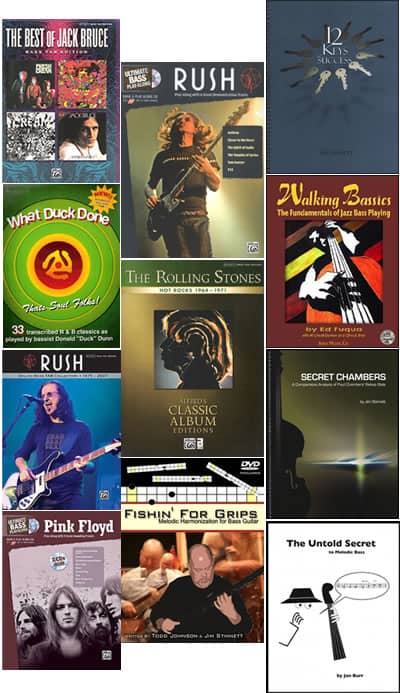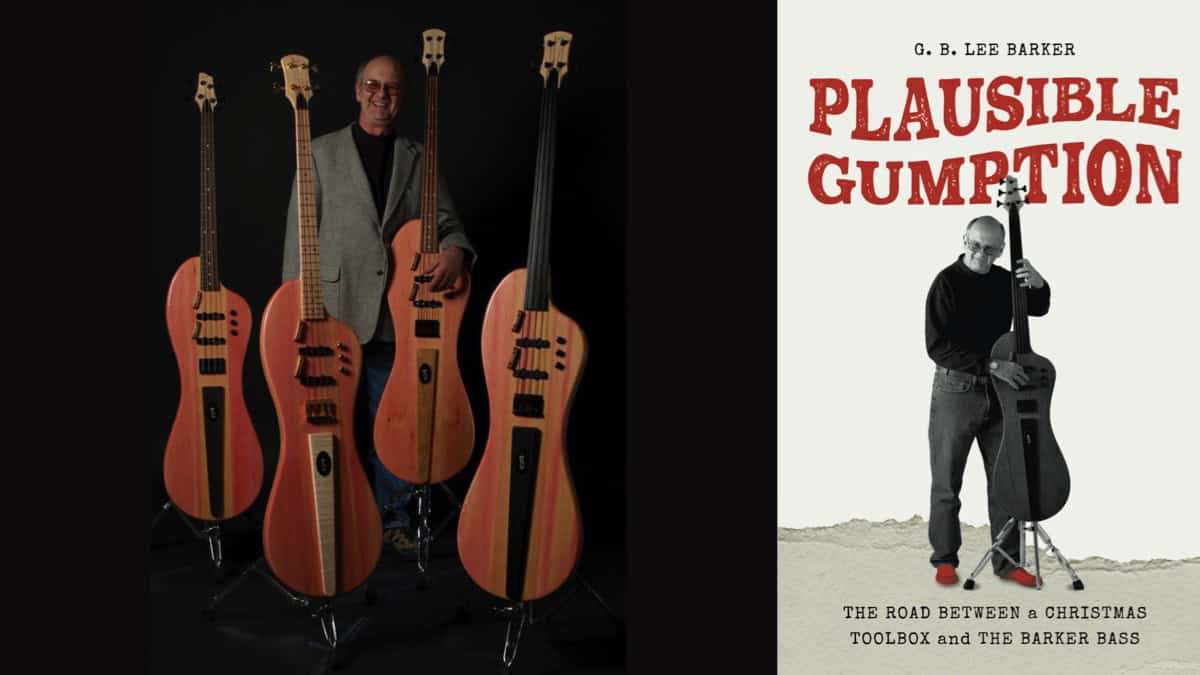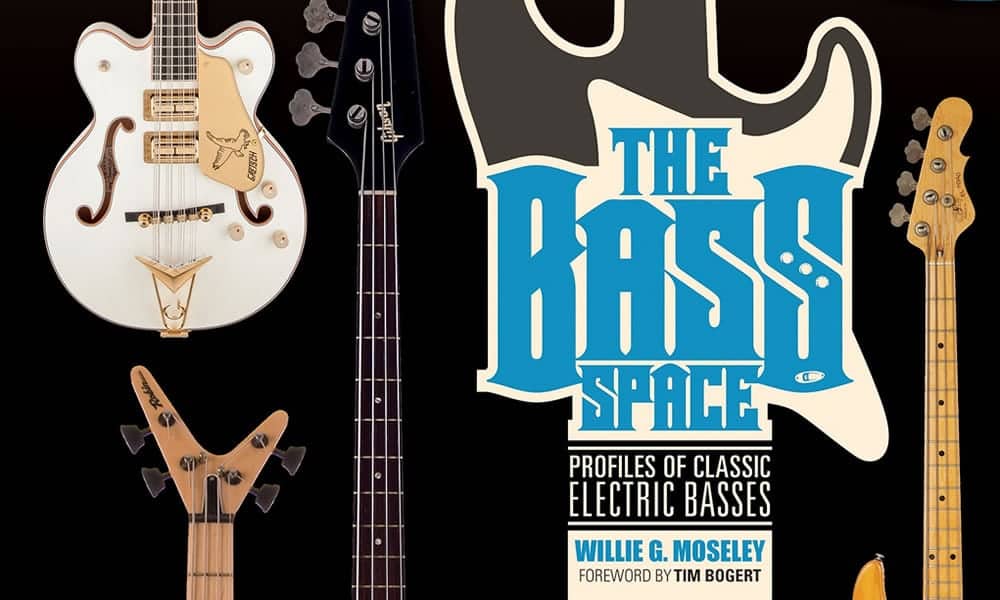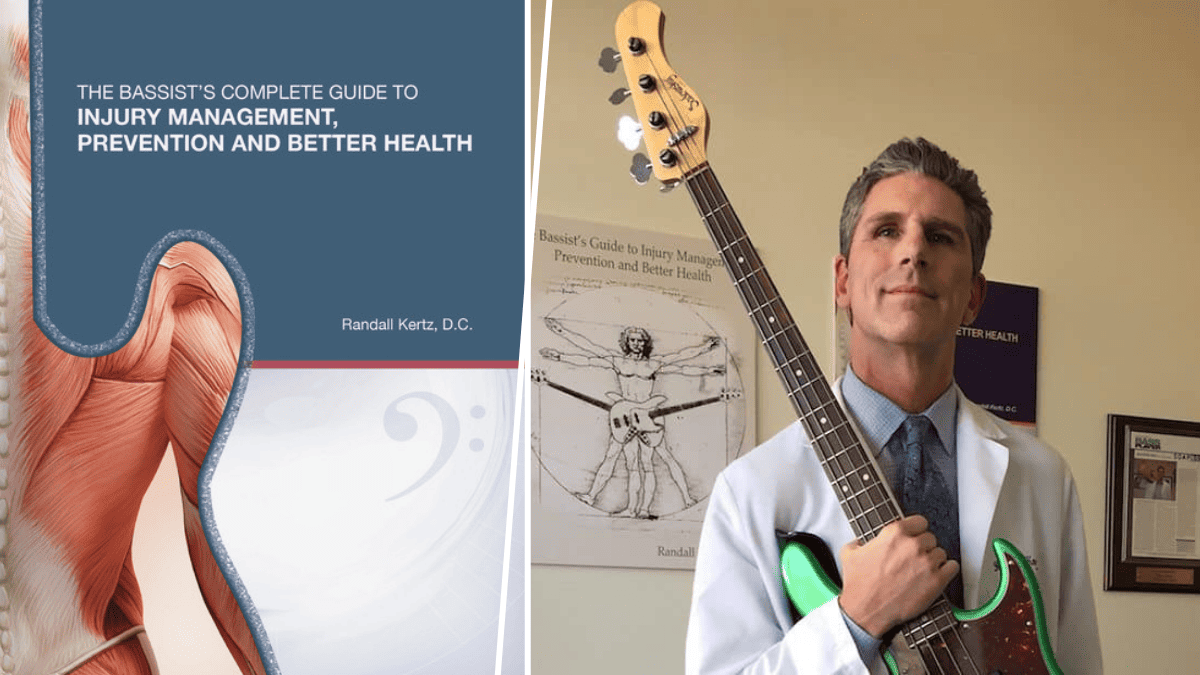Bass Books
Music Books! : Book and Media Reviews


First, let me share some cool stuff from Alfred Music Publishing Co. “Pink Floyd” and “Rush” Ultimate Bass Play-along books and CD’s. The first book has 9 tracks and the second has six. Of course they’re some of their greatest hits but I will make you look them up if you want details! The music is written in standard notation and Tab.
Now, we all have seen play-along CD’s but these have a new, very cool, feature called TNT (Tone ‘N’ Tempo Changer). When you put this CD in your computer (windows or Mac) it has a Player that will slow down (or speed up) the tempo without changing the pitch! If you want to change the pitch to a different Key, you can and the whole song will be in that key! You can even mute out the bass entirely if you want to! This is a sweet feature without having to have a Player that can do this for you.
Next lets talk about three prime examples of the “Authentic” Bass Tab Editions.
These are:
The Rolling Stones: Hot Rocks 1964-1971 (21 songs)
Rush: Deluxe Bass Tab Collection-1975-2007 (22 songs)
The Best of Jack Bruce (13 songs)
OK, so these don’t have the CD, but they are loaded with lots of your favorite tunes from these Rock icons! The format is written out in both standard notation and Tab and is easy to read! If you really want the tune downloading from your favorite source should do the trick!
Next on our agenda we have “What Duck Done…That’s Soul folks!” by Tim Tindall from Bass is Bodacious (publisher of Bass studies).
This puppy has thirty-three R&B classics as played by Donald “Duck” Dunn himself! If you are a fan of Booker T & the M.G.’s you will dig this book with two CD’s. The tunes are written out in both standard notation and Tab. This is great if you are working on getting that soulful sound and feel that was Ducks trademark. (Always makes me want to re-watch the Blues brothers) This one is a lot of fun and you will end up knowing everything there is about the Duck… read the appendix!
Now we must explore some serious bass books. I have “Secret Chambers, a comparative Analysis of Paul Chambers’ Bebop Style” and “12 keys to Success”. Both are by Jim Stinnett.
Lets address the first of these. Paul Chambers has been called “The Bird of Bass” and I will ashamedly admit that I didn’t know the full extent of his work. (Better stated, I didn’t realize that I had heard him on so much of the jazz I have listened to.) A quick online review of his impressive bio and listening to samples of his musicianship quickly convinced me that he was a force to be recognized!
Now, Jim has masterfully and thoroughly transcribed 76 solos for us lucky readers. Not only do we have the transcription, but also an insightful dissection of what made Paul the amazing upright player that he was. If you are serious about Bebop and Jazz, this book is for you!
The “12 keys of Success” was written” for the bassist who wants to master the instrument. This book contains seventy-eight etudes designed to develop solid technical efficiency. The accompanying CD features Jim’s very dedicated students. There is some serious work here, but if you are serious about our chosen instrument, I don’t think you will find any practice reference more complete!
Another available book featuring Todd Johnson (and once again Jim Stinnett) worth checking out is “Fishin’ For Grips“. This text centers on melodic harmonization for bass guitar. Todd’s organization for jazz harmony and it’s applications to the bass are first-rate, and provide a unique approach to any player looking to step into this harmonic approach to playing. It’s comprehensive, it’s laid out in a practical and easy-to-understand method, and the accompanying DVD is pure icing on the cake. It’s written for a six-string, or a five-string with a high “C string” for the voicing’s, but I see no problem transferring this information to a four-string. This is an excellent reference guide for those looking to investigate this approach to playing.
Last but not least, lets look at “Walking Bassics, The Fundamentals of Jazz Bass Playing” by Ed Fuqua. This book and CD give s the beginning bass player a foundation to create solid walking lines. There are two main sections, one with the principles of walking bass line construction and the other with the transcriptions that are on the CD. This book is simple yet very thorough. Definitely, a good choice if you are trying to grow your walking bass skills.
But wait…. There is a late entry! One more? Of course! Enter “The Untold Secret to Melodic Bass” by Jon Burr. Here we have Jon’s very insightful approach to breaking down the structure of harmony and rhythm. This book gives us a solid how to create bass lines, melodies or patterns in any style although the main focus is Jazz.
Let me quote fellow Staff Writer Jason Heath here: ” The Untold Secret to Melodic Bass is an outstanding rethinking of how expert Jazz bassists actually conceptualize and navigate chord changes. Written from the perspective of a seasoned jazz veteran but set forth in a straightforward and engaging fashion, this book is an excellent addition to the library of any jazz bass student or teacher”. Thanks, Jason, I couldn’t have stated that any better!
Well, there is something here for everyone! Pick up a book (or a few) and enjoy the lifelong joy of learning. I know I will!
Happy Second Anniversary Bass Musician Magazine!
Bass Books
Interview With Barker Bass’s Inventor and Writer Lee Barker

If you are an electric bass player, this is an exciting time to be alive as this relatively new instrument evolves around us. Some creative individuals have taken an active role in this evolution and made giant leaps in their own direction. Lee Barker is one of these inventive people having created the Barker Bass.
Fortunately, Lee is also an excellent writer (among so many talents) and has recently released his book “Plausible Gumption, The Road Between a Christmas Toolbox and The Barker Bass”. This book is a very fun read for everyone and shares a ton of details about Lee’s life in general, his experiences as a musician, a radio host, and a luthier. Now I am fortunate to have the great opportunity to gain even more insights into this renaissance man with this video interview.
Plausible Gumption, The Road Between a Christmas Toolbox and The Barker Bass is available online at Amazon.com
Bass Books
Ultimate Look at Electric Basses from 1930 to Today

The Bass Space: Profiles of Classic Electric Basses.
The definitive book for lovers of the low-end. Willie G. Moseley, Senior Writer for Vintage Guitar Magazine, profiles more than 100 historic and unique electric bass models from such makers as Alembic, Danelectro, Fender, Gibson, Gretsch, Guild, Hamer, Kramer, Rickenbacker, and many others.
Rare and legendary instruments, from the earliest attempts at amplified basses in the mid-1930s to the cutting-edge instruments of today, are presented in more than 250 color and period photos.
The main feature of this book is the exclusive coverage of historic and one-of-a-kind basses owned and played by such famed musicians as: Bill Black (Elvis Presley), Tim Bogert (Vanilla Fudge), Mark Egan (Pat Metheny Group), John Entwistle (The Who), Paul Goddard (Atlanta Rhythm Section), Bruce Hall (REO Speedwagon), Greg Lake (Emerson, Lake & Palmer), Benjamin Orr (The Cars), Tom Petersson (Cheap Trick), Carl Radle (Derek and the Dominos), Gene Simmons (Kiss), Steve Wariner, and others.
The Bass Space: Profiles of Classic Electric Basses is available online at Amazon.com
Bass Books
Review: The Bastard Instrument, A Cultural History of the Electric Bass by Brian F Wright

I was intrigued when The Bastard Instrument showed up on my desk… let’s dig in!
When we dive into the history of our beloved instrument, the bass, we find roots that go back as far as the 15th century. This instrument was a member of the violin family and was for the longest time, an acoustic instrument. As the years passed and music changed, there was a need for the instrument to evolve and the electric bass was born.
Comparatively, the electric bass is a relatively new instrument with its earliest appearances dating back to the 1930s and it is exciting to be an electric bass player while this history unfolds around us. Fortunately for us and future generations to come, Professor Brian F. Wright has taken on the herculean task of documenting the trajectory of the electric bass with this excellent book.
The Bastard Instrument presents an extraordinary amount of fine details about the instrument itself, the development of the amplification to handle its output, the pioneers that dared play it, the rapidly evolving music that flourished because of its presence and so much more.
When I first started reading this book, I noticed that it felt a tad academic, like a textbook (it might be one someday) or a doctoral thesis, but to present all this information accurately, this approach is more than appropriate. Another detail that might be a bit of a spoiler is that the book only gets us up to the late ’60s. I was left wanting more as we know that so much has happened in the bass world since that time frame; I hope there is another volume in the works to get us up to the present!
All in all, “The Bastard Instrument, A Cultural History of the Electric Bass” is a must-read for all of us who play electric bass and understand its essential place in music.
I found that there was a lot that I already knew but also quite a bit that I was unaware of. I believe that to know and understand where you are, you must know the history of exactly how you got here.
Highly recommended.
The Bastard Instrument is available at Amazon.com (beginning July 2024)
Bass Books
Review: The Bassist’s Complete Guide to Injury Management, Prevention and Better Health

The Bassist’s Complete Guide to Injury Management, Prevention and Better Health
I have often thought that it would be great if the doctors who delivered us as newborn babies provided us with a user manual to help us navigate through life in the best way possible. Now Dr. Randall Kertz, D.C. has produced a manual specifically designed to address the many possible afflictions plaguing us bass players.
Many of you will remember volumes 1 & 2 of this book and our first review in 2007. The new complete guide combines the two volumes and features over 20 pages of new material including interviews, techniques, and conditions.
If you play bass, you can read this book cover to cover and walk away with a ton of relevant and helpful knowledge. Another option is to search out issues relevant to you specifically (I found quite a few of my own with helpful options). This is possible because the book is very nicely organized into six chapters that address Pain, Conditions, Techniques, Road Issues, Inspirational Q&A with some of the biggest names in the bass community (too many to list here) and finally How to get relief.
All said, this book is essential if you play either electric or upright bass to the point where they should issue you one when you get that first bass in your hands.
Lastly, if you have this book and you have specific questions, Dr. Kertz is readily available through his website, www.drkertz.com. As if that was not enough, he has a wealth of knowledge you can find right here on our website at bassmusicianmagazine.com/author/randallkertz
Get this book… Live long and play bass well into the years! Available on Amazon.com
Bass Books
The Bassist’s Complete Guide to Injury Management, Prevention & Better Health

The Bassist’s Complete Guide to Injury Management, Prevention & Better Health is now available!

A compilation of Volumes 1 & 2 of the acclaimed Bassist’s Guide with 20+ pages of new interviews, techniques, and conditions, The Complete Guide puts everything in one convenient place.
Available at Amazon.com and from our friends at Bassline Publishing
Follow Dr. Kertz’s Bass Player Health at Bass Musician Magazine









